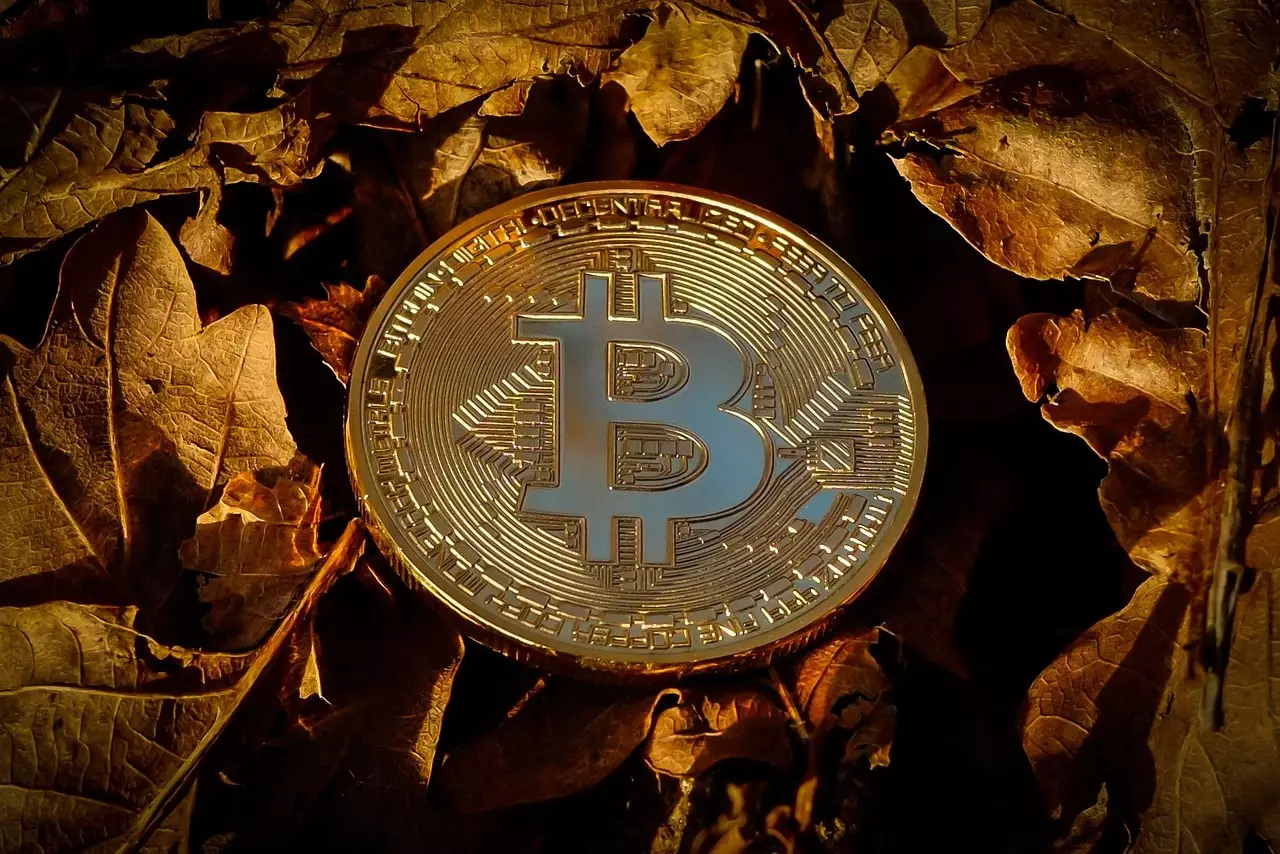Elon Musk and his empire’s latest financial maneuver involving Bitcoin has stirred more questions than answers in the cryptocurrency world. After three years of relative silence, SpaceX surprisingly moved 1,300 BTC—worth approximately $153 million—to an unknown wallet. Such a significant transfer reignites speculation about Musk’s true intentions regarding his firm’s crypto holdings. Is this a mere routine transfer for custody management, or does it hint at something more strategically complex? The move’s secrecy invites scrutiny and casts doubt on Musk’s otherwise bullish stance on Bitcoin, suggesting that even he plays a delicate game of strategic opacity when it comes to his assets.
While some analysts interpret this as a benign change—perhaps just a shuffle within custody wallets—the reality is that the crypto market is never just about what’s visible on the surface. Musk’s reputation as a disruptor means that every move is scrutinized intensively. The pattern of large, seemingly inexplicable transfers often precede shifts in corporate strategy, whether toward accumulation or divestment. Given that SpaceX still maintains a hefty stash of nearly 7,000 BTC, this recent move seems less like a step towards liquidation and more like a controlled maneuver. But the true message might be lurking behind the curtain: Musk remains heavily invested in Bitcoin’s potential as a financial hedge and a symbol of technological independence.
Shifting Narratives: From Enthusiasm to Strategic Caution
Elon Musk’s public stance toward Bitcoin has been inconsistent but increasingly optimistic. In 2021, both Musk and Tesla disclosed substantial Bitcoin holdings, positioning themselves as forward-thinking adopters with faith in the digital currency’s disruptive power. Yet, Tesla hasn’t moved its Bitcoin in nine months, hinting that their holdings are more a statement of strategic resilience than active trading. Conversely, SpaceX’s recent activity could be interpreted as a calculated move—less about selling and more about holding, rebalancing, or securing access to liquidity for future ambitions.
This deliberate silence and minimal movement reflect a growing awareness—possibly even a cautious approach—toward Bitcoin’s volatility and regulatory uncertainties. Musk’s recent declaration supporting Bitcoin as a hedge against the inflationary policies of government spending indicates a bullish outlook on the crypto’s future. He seems to believe robustly in Bitcoin as a shield against the fiat system’s failures, especially amid ongoing fiscal excesses. Ironically, these developments portray Musk’s strategy as center-right and conservative—favoring hard assets and national financial sovereignty over dependence on government-controlled fiat currencies.
The Political and Economic Implications of Musk’s Bitcoin Strategy
Musk’s embrace of Bitcoin as a “fiat alternative” is not merely ideological; it’s a pragmatic response to the current global economic climate. His recent endorsement of a political stance advocating for Bitcoin as a hedge against economic instability underscores a belief that sound money is the foundation of financial sovereignty. This position aligns with a center-right economic philosophy—advocating for limited government interference and decentralized monetary systems that empower private enterprise and individual ownership.
Furthermore, Musk’s stance on Bitcoin’s limited supply contrasts sharply with the irresponsible fiscal policies currently dominating many governments. His backing of measures that challenge the inflationary temptations of increased government spending reveals a preference for disciplined, hard currency approaches. This philosophical shift highlights his recognition of Bitcoin’s role in safeguarding private wealth from policy-induced devaluation. It reflects a calculated skepticism of government fiat’s unlimited printing presses and a belief that true economic stability cannot be achieved without hard assets.
What Does the Future Hold? An Ambiguous yet Strategic Outlook
Given Musk’s history of unpredictable but ultimately strategic moves, his recent actions suggest a cautious optimism rather than an imminent sale. The fact that the transferred Bitcoin remains untouched in the new wallet highlights a likely intent to hold rather than liquidate. His comments about Bitcoin’s role as a safe haven reinforce this stance, painting him not as a speculator but as an advocate for a more resilient monetary future.
However, the crypto community’s constant paranoia about Musk’s motives is not unfounded. Every transfer, every social media comment, and every political statement can be a subtle indicator of where he’s subtly steering his financial empire. While it’s tempting to interpret these moves as signs of impending liquidation, the prevailing evidence points elsewhere: Musk remains aligned with Bitcoin’s long-term vision, and this recent transfer is more a tactical repositioning than a prelude to selling.
In the end, Musk’s manipulation—whether intentional or subconscious—proves that cryptocurrencies have cemented themselves as an integral part of the modern financial landscape, especially for industry leaders who see digital assets as a tool for strategic independence and wealth preservation. As the Bitcoin market ebbs and flows, his actions will likely continue to serve as a barometer for the deeper ideological conflict between government-controlled money and individual sovereignty.
















Leave a Reply